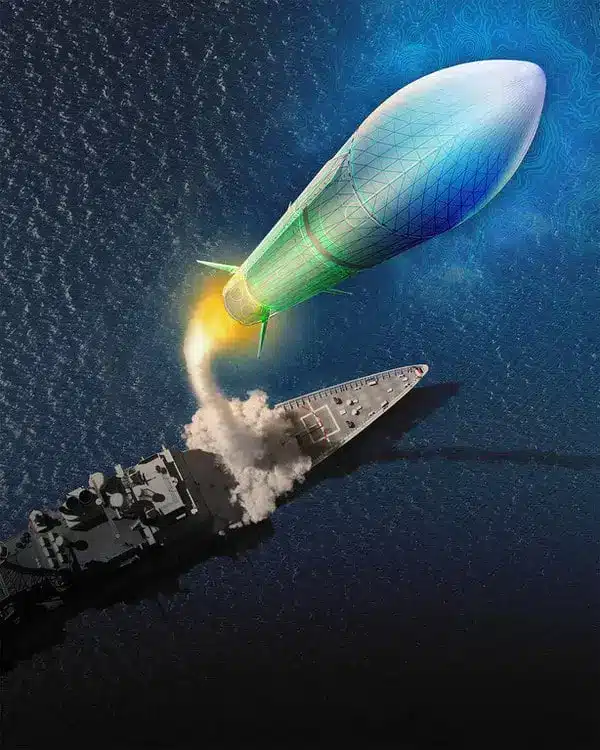About Glide Phase Interceptor (GPI) Project:
- It is a missile-intercepting system under joint development by the US and Japan.
- By the end of 2032, Washington and Tokyo aim to achieve full operational capability for the system.
- What is the Glide Phase?
- With a traditional Intercontinental Ballistic Missile (ICBM), the warhead separates from its booster and continues on a parabolic, gravity driven trajectory to its target.
- A hypersonic weapon, by contrast, separates from its booster after the peak of its trajectory and accelerates toward the Earth using gravity. It then performs a pitch manoeuvre to begin a flatter trajectorycalled the glide phase.
- Unlike typical ballistic missiles, the hypersonic and glide vehicles travel at five times (or more) the speed of sound on an unpredictable trajectory.
- What is the Project all about?
- Hypersonic weapons or missiles pose a unique challenge due to their blinding speeds and relatively low altitudes (20 to 80 km) during the glide phase.
- They can navigate around areas containing known missile defence sensors.
- These characteristics make it particularly challenging for ground-based radar systems to track them efficiently.
- The GPI Project aims to provide regional hypersonic missile defence.
- It will achieve this by launching specially modified missiles from surface warships.
- These missiles will engage and destroy incominghypersonic missilesas they glide through the boundary between space and Earth’s atmosphere.
- The “glide” phase of the missile’s trajectory provides the best opportunityto intercept it before it enters its last high-speed drop.
Q1: What is an intercontinental ballistic missile (ICBM)?
An ICBM is a guided missile that is designed to deliver nuclear warheads, although it could also deliver other payloads. According to the Federation of American Scientists, ICBMs have a minimum range of 5,500 kilometers (3,400 miles), with maximum ranges varying from 7,000 to 16,000 kilometers. ICBMs are much faster and have a greater range than other types of ballistic missiles. Agni-V is an Indian ICBM with a range of over 5,000 km.
Source: Explained: What is the Glide Phase Interceptor (GPI) programme?
Last updated on November, 2025
→ Check out the latest UPSC Syllabus 2026 here.
→ Join Vajiram & Ravi’s Interview Guidance Programme for expert help to crack your final UPSC stage.
→ UPSC Mains Result 2025 is now out.
→ UPSC Notification 2026 is scheduled to be released on January 14, 2026.
→ UPSC Calendar 2026 is released on 15th May, 2025.
→ The UPSC Vacancy 2025 were released 1129, out of which 979 were for UPSC CSE and remaining 150 are for UPSC IFoS.
→ UPSC Prelims 2026 will be conducted on 24th May, 2026 & UPSC Mains 2026 will be conducted on 21st August 2026.
→ The UPSC Selection Process is of 3 stages-Prelims, Mains and Interview.
→ UPSC Result 2024 is released with latest UPSC Marksheet 2024. Check Now!
→ UPSC Prelims Result 2025 is out now for the CSE held on 25 May 2025.
→ UPSC Toppers List 2024 is released now. Shakti Dubey is UPSC AIR 1 2024 Topper.
→ UPSC Prelims Question Paper 2025 and Unofficial Prelims Answer Key 2025 are available now.
→ UPSC Mains Question Paper 2025 is out for Essay, GS 1, 2, 3 & GS 4.
→ UPSC Mains Indian Language Question Paper 2025 is now out.
→ UPSC Mains Optional Question Paper 2025 is now out.
→ Also check Best IAS Coaching in Delhi

















